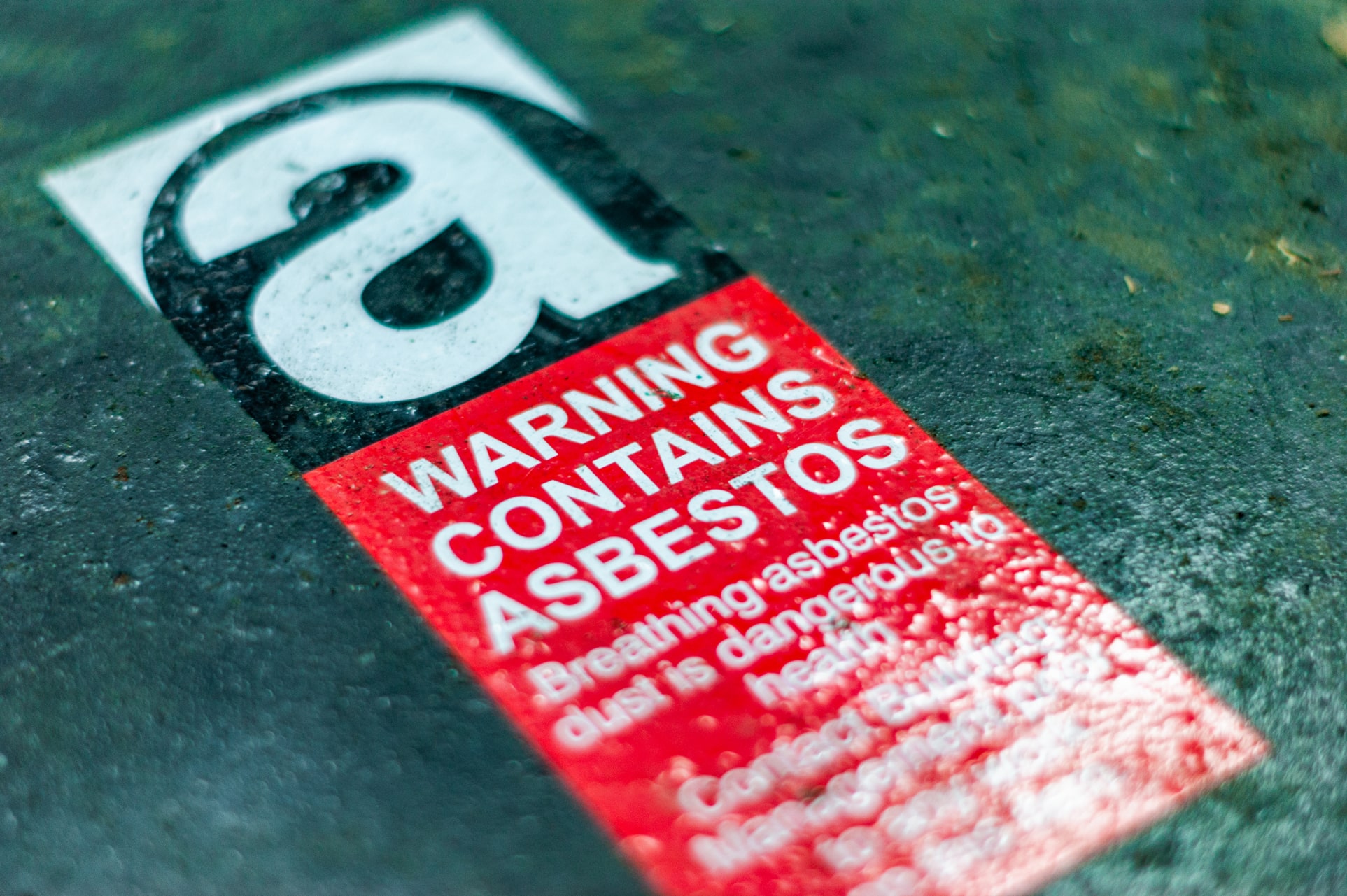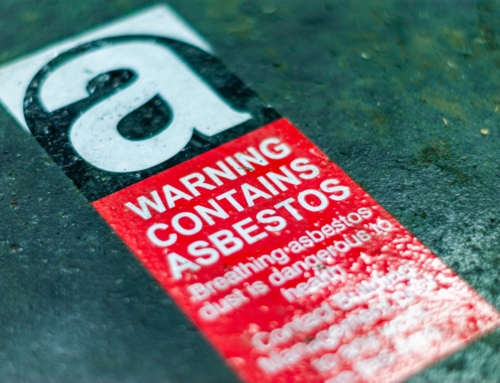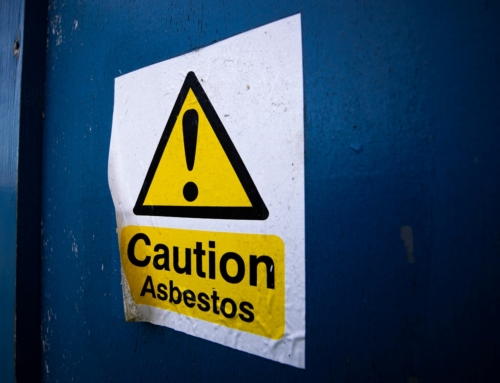Asbestos was once widely used in the construction of buildings and other structures thanks to its insulating properties and excellent heat resistance. Once the hazards were known, it was fully banned in the UK in 1999. However, as many commercial properties were built before this time, asbestos remains in a large number of buildings, which is why topics like asbestos in schools remain controversial.
There are strict regulations in place to protect workers from asbestos exposure and its associated risks. It’s important to understand the rules on asbestos in the workplace, asbestos training, strategies to keep workers safe, and what to do if you unexpectedly encounter this hazardous substance.
Here’s everything you need to know.

What are the rules on asbestos in the workplace?
Regulation 4 of the Control of Asbestos Regulations 2012 outlines the legal framework for handling asbestos-containing materials (ACMs). This includes the duty to manage the risks, ensuring employers and building managers identify ACMs at the premises, assess the risks and develop an asbestos management plan.
Actions can include scheduling training for at-risk employees, prohibiting certain activities that could disturb asbestos fibres, setting exposure limits, notifying the HSE where necessary and booking regular asbestos surveys with a professional.
Who needs asbestos training?
Asbestos training is crucial for anyone who may come into contact with ACMs during their work, especially construction workers, plumbers, electricians, maintenance teams, architects and surveyors. The training should cover recognising ACMs and where they are commonly found, how to conduct risk assessments, safe handling techniques, PPE required, legal obligations and the asbestos professionals to involve where necessary.
By law, duty holders must also ensure any employees likely to encounter asbestos during their work receive adequate training. Regular refresher courses are essential to keep workers updated on the latest asbestos safety practices.
How can you keep workers safe from asbestos?
Keeping workers safe from asbestos hazards requires a comprehensive approach. Firstly, proper risk assessments should always be carried out to identify asbestos-containing materials in the workplace, creating a detailed plan for their management and safe removal where necessary. For example, in-depth refurbishment and demolition surveys are needed before any work that will disturb or damage ACMs.
Training, awareness and protective equipment are all key to worker safety. Any ACMs remaining in situ should be continuously monitored and maintained, ensuring they stay undisturbed. Removal and disposal of asbestos waste should always be completed according to regulations, using licensed contractors.
What should you do if you unexpectedly come across asbestos?
If you unexpectedly come across potential asbestos during your work, you should stop immediately, perform a risk assessment and determine whether the task requires a licensed asbestos contractor.
Only carry out non-licensed asbestos work if you have had the appropriate training. You can find out more about where ACMs could be located in our guide to where commercial asbestos is found.
Do you need a commercial asbestos survey? Contact us
Goodbye Asbestos operates across London, Surrey and the Home Counties, whether you need asbestos services in Eastbourne or Eastleigh.
For a free, no-obligation quote, contact us today.




